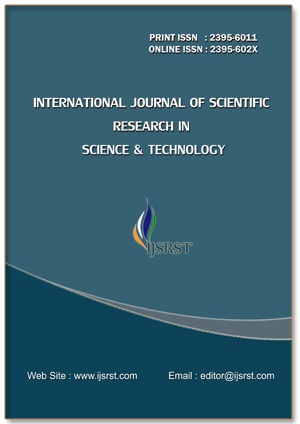Design and Implementation of IOT and RFID Payment Solutions for a Solar-Powered Wireless EV Charging Station
Keywords:
Solar-powered EV charging station, wireless charging, IoT integration, RFID payment, Arduino control system, renewable energy, photovoltaic panel, energy monitoring, auxiliary power supply, voltage sensorAbstract
This project presents a solar-powered, wireless Electric Vehicle (EV) charging station that integrates IoT connectivity and RFID-based payment solutions to deliver a secure, sustainable, and user-friendly charging experience. The system harnesses solar energy through a photovoltaic panel that charges a 12V battery via a dedicated charging circuit. An Arduino-based control system serves as the central hub, managing energy monitoring, EV charging operations, and communication functionalities. A voltage sensor continuously monitors the solar panel output, enabling real-time energy management and ensuring optimal performance. To maintain uninterrupted operation, an auxiliary power supply automatically engages when solar energy is insufficient. The implementation of RFID technology facilitates secure, contactless payment, where user authentication triggers a relay module that activates a wireless transmitter. This transmitter establishes a secure connection with the EV's receiver, thereby initiating the charging process. Experimental evaluations confirm the system's effectiveness in integrating renewable energy, ensuring operational flexibility, and enhancing security in EV charging applications.
📊 Article Downloads
References
S. Pawade, T. Nimje, and D. Diwase, “Goodbye wires: Approach to wireless power transmission”, Int. J. Emerging Technol. and Adv. Eng., vol. 2, issue 4, pp. 382-387, Apr. 2012.
L. Xie, Y. Shi, Y. Hou, and H. Sherali, "Making sensor networks immortal: An energy-renewal approach with wireless power transfer", IEEE/ACM Trans. on Networking, vol. 20, no. 6, pp. 1748-1761, 2012. Available: 10.1109/tnet.2012.2185831.
L. Xie, Y. Shi, Y. Hou, W. Lou, and H. Sherali, "On traveling path and related problems for a mobile station in a rechargeable sensor network", Proceedings of the fourteenth ACM international symposium on Mobile ad hoc networking and computing - MobiHoc '13, 2013. Available: 10.1145/2491288.2491291.
S. Shilpa, H. M. Manasa, S. S. Mariam, and M. K. Kumar M, “Wireless battery charger”, Int. J. Eng. Trends and Technol., vol. 35, no. 3, pp. 125-128, May 2016.
A. Gupta, A. Tandon, A. Jeriya, N. Tanwar, R. Kumar, and D. Kumar, “Automatic wireless mobile charger”, IJEER (ISSN 2348-6988) , vol. 4, issue 1, pp: (113-119), January - March 2016, Available: www.researchpublish.com.
D. W. Harrist, University of Pittsburgh, 2004, “Wireless battery charging system using radio frequebcy energy harvesting”.
C. Kam and T. Tsang, “An experiment method of wireless power transfer for charging devices”, American J. Eng. Res. (AJER), e-ISSN: 2320-0847 p-ISSN : 2320-0936, vol. 5, issue 11, pp. 110-123, www.ajer.org.
O. Farrok, M. R. Habib, M. R. Afefin, and A. Habib, “A new protection system of linear generators used for converting oceanic wave energy into electricity,” IEEE Region 10 Humanitarian Technol. Conf., Dhaka, Bangladesh, Dec. 21–23, 2017, pp. 755–758.
M. R. Habib, K. Ahmed, N. Khan, M. R. Kiran, M. A. Habib, M. T. Hasan, and O. Farrok, “PID controller based automatic solar powerdriven grass cutting machine,” IEEE Int. Conf. Comput., Commun., Chemical, Mater. Electron. Eng., Rajshahi, Bangladesh, Jul. 11-12, 2019, in press.
Downloads
Published
Issue
Section
License
Copyright (c) 2025 International Journal of Scientific Research in Science and Technology

This work is licensed under a Creative Commons Attribution 4.0 International License.
https://creativecommons.org/licenses/by/4.0




